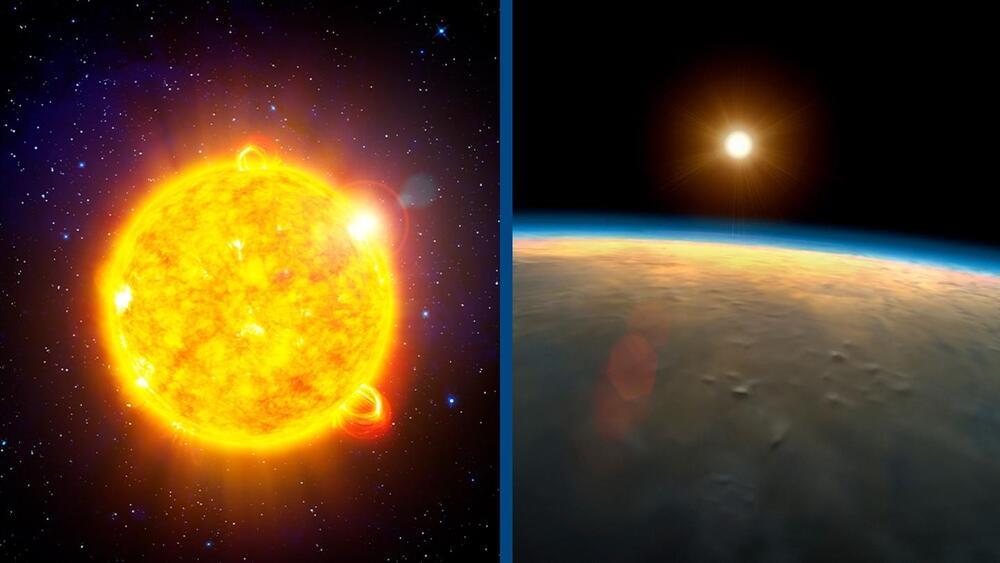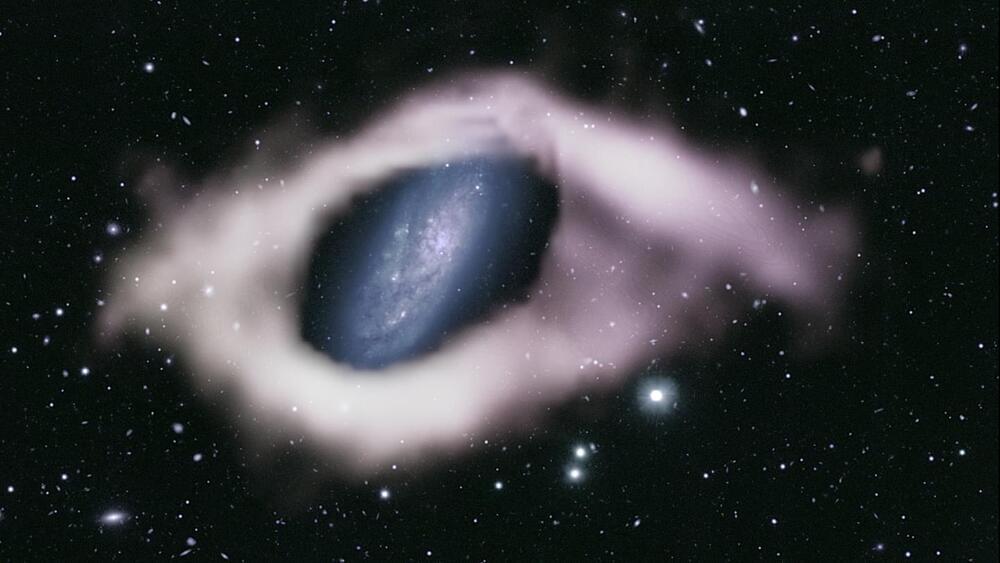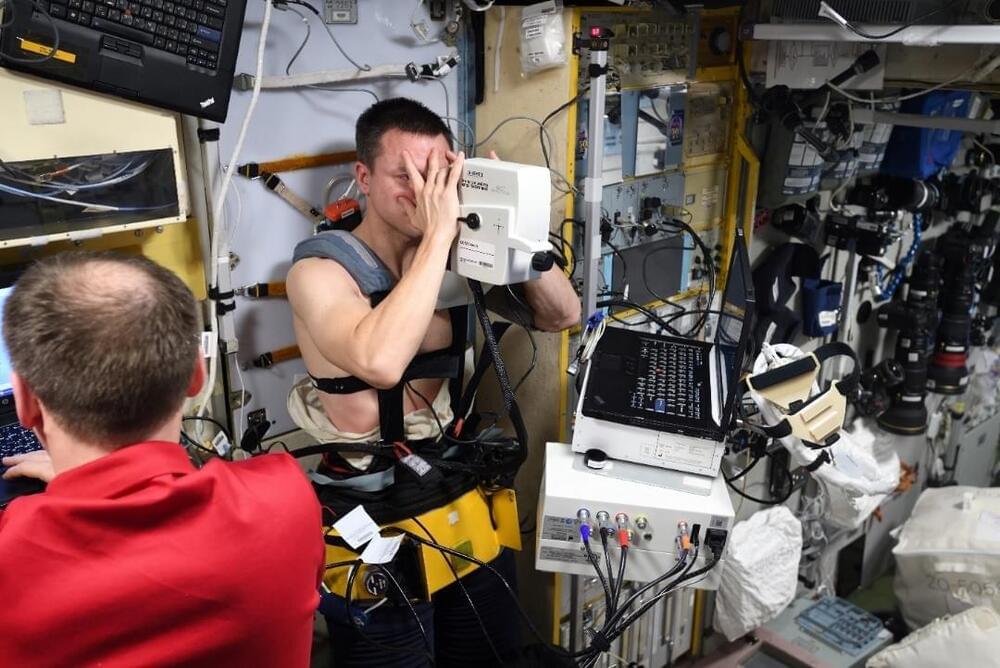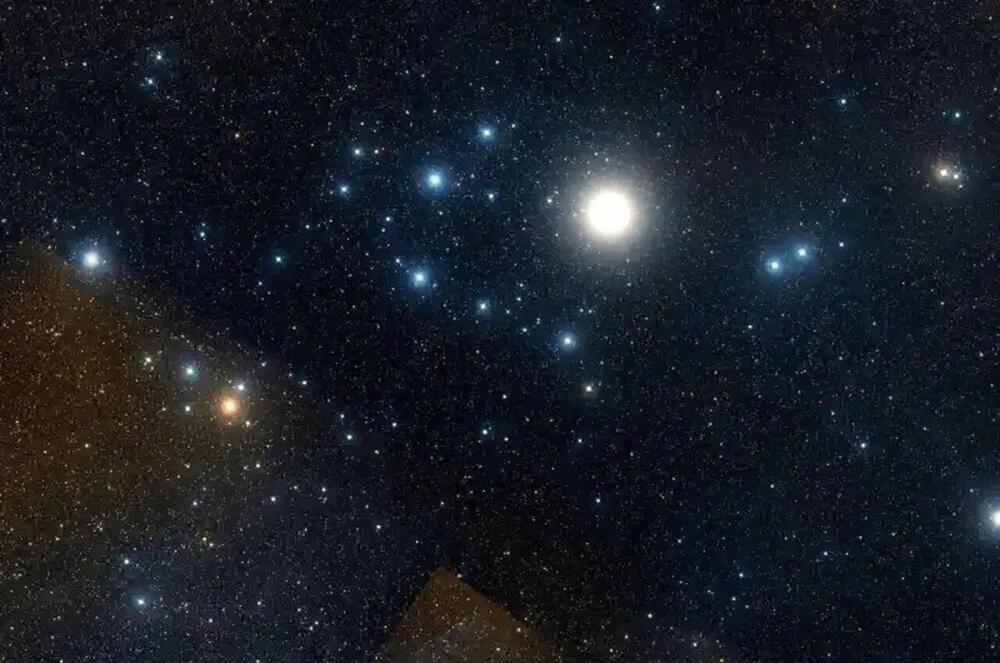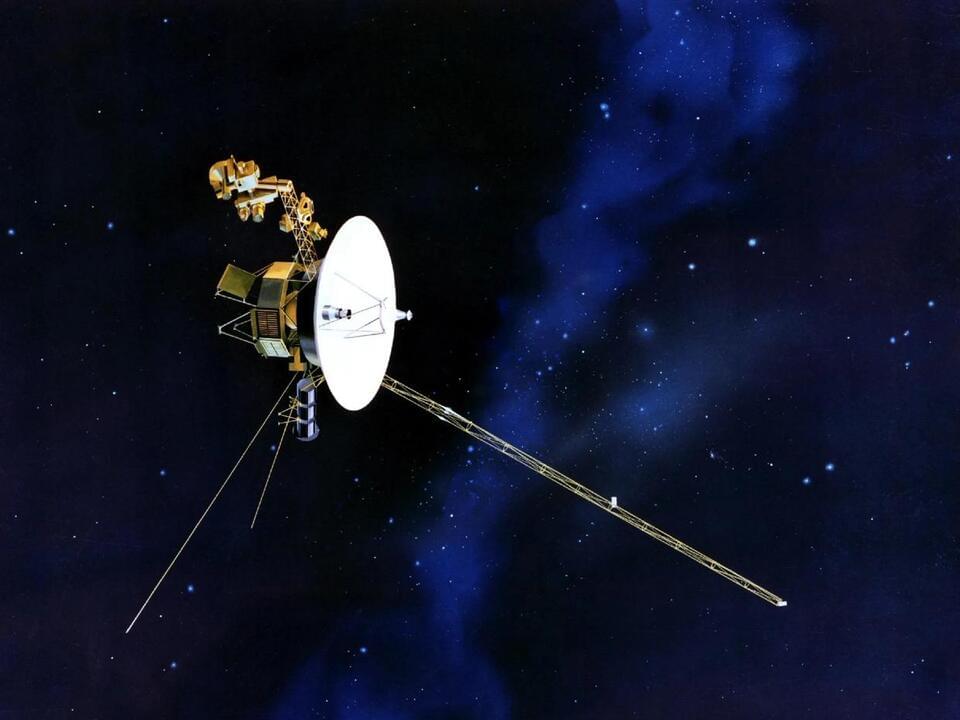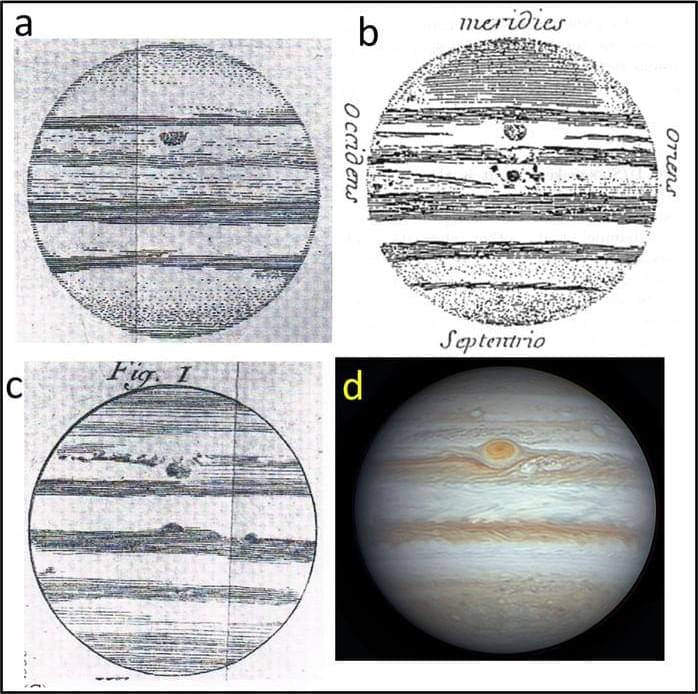Archive for the ‘space’ category: Page 80
Jun 20, 2024
This ‘polar ring’ galaxy looks like an eye. Others might be hiding in plain sight
Posted by Shubham Ghosh Roy in category: space
New images of two galaxies reveal what look like rarely seen rings of hydrogen gas nearly perpendicular to the galaxies’ starry disks.
Jun 20, 2024
Impact of Space Flight on Human Health: A Focus on the Eye
Posted by Laurence Tognetti, Labroots Inc. in categories: health, space
Dr. Ana Diaz Artiles: “When we’re upright, a large part of our fluids are stored in our legs, but in microgravity we get a redistribution of fluids into the upper body.”
What physiological effects can extended periods of microgravity have on the human eye? This is what a recent study published in npj Microgravity hopes to address as a team of researchers investigated how the shifting of fluids under microgravity conditions could lead to eye vessel alterations. This study holds the potential to help space agencies, researchers, and the public better understand the short-and long-term physiological effects of microgravity, specifically with more humans traveling beyond Earth’s gravity on commercial spaceflights.
“When we experience microgravity conditions, we see changes in the cardiovascular system because gravity is not pulling down all these fluids as it typically does on Earth when we are in an upright position,” said Dr. Ana Diaz Artiles, who is an assistant professor in the Department of Aerospace Engineering at Texas A&M University and a co-author on the study. “When we’re upright, a large part of our fluids are stored in our legs, but in microgravity we get a redistribution of fluids into the upper body.”
Continue reading “Impact of Space Flight on Human Health: A Focus on the Eye” »
Jun 19, 2024
Secret origins of young star clusters traced to three families
Posted by Shubham Ghosh Roy in category: space
An international team of astronomers has uncovered the formation history of young star clusters, many of which are visible to the naked eye at night.
This remarkable research reveals that most nearby young star clusters belong to only three families, each originating from very massive star-forming regions.
The findings offer new insights into the effects of supernovae on the formation of giant gas structures in galaxies like our Milky Way.
Jun 19, 2024
Significance of Wave Activity for Understanding Titan’s Climate
Posted by Laurence Tognetti, Labroots Inc. in categories: climatology, evolution, information science, mathematics, space
Lakes and seas of liquid methane exist on Saturn’s largest moon, Titan, due to the moon’s bone-chilling cold temperatures at-290 degrees Fahrenheit (−179 degrees Celsius), whereas it can only exist as a gas on Earth. But do these lakes and seas of liquid methane strewn across Titan’s surface remain static, or do they exhibit wave activity like the lakes and seas of liquid water on Earth? This is what a recent study published in Science Advances hopes to address as a team of researchers have investigated coastal shoreline erosion on Titan’s surface resulting from wave activity. This study holds the potential to help researchers better understand the formation and evolution of planetary surfaces throughout the solar system and how well they relate to Earth.
For the study, the researchers used a combination of shoreline analogs on Earth, orbital images obtained by NASA’s now-retired Cassini spacecraft, coastal evolution models, and several mathematical equations to ascertain the processes responsible for shoreline morphology across Titan’s surface. Through this, the researchers were able to construct coastal erosion models depicting how wave activity could be responsible for changes in shoreline morphology at numerous locations across Titan’s surface.
“We can say, based on our results, that if the coastlines of Titan’s seas have eroded, waves are the most likely culprit,” said Dr. Taylor Perron, who is a Cecil and Ida Green Professor of Earth, Atmospheric and Planetary Sciences at the Massachusetts Institute of Technology and a co-author on the study. “If we could stand at the edge of one of Titan’s seas, we might see waves of liquid methane and ethane lapping on the shore and crashing on the coasts during storms. And they would be capable of eroding the material that the coast is made of.”
Jun 19, 2024
Lost NASA probe that mysteriously stopped working in deep space in 2023 suddenly sends message from 15 billion miles out
Posted by Arthur Brown in category: space
Hip, hip, hooray.
AFTER months of disarray, a probe floating in deep space has resumed normal transmissions back to Earth.
NASA announced Friday that its Voyager 1 spacecraft was fully operational for the first time in months.
Jun 19, 2024
Inside SingularityNET | June 2024
Posted by Dan Breeden in categories: finance, robotics/AI, security, singularity, space

Watch June’s edition of Inside SingularityNET, featuring exciting news and insightful updates on our AGI R\&D, decentralized AI platform development, progressive decentralization, and broader ecosystem developments.
00:00 — Intro | AI Twin — Dr. Ben Goertzel.
00:48 — Dr. Matt Iklé | CSO — SingularityNET
04:09 — Sergey Shalyapin | CTO — SingularityNET
08:07 — Vita Potapova | Hyperon Project Manager — SingularityNET
13:19 — Alex Blagirev | SIO — SingularityNET
19:10 — Haley Lowy | Marketing Lead — SingularityNET
24:57 — Jan Horlings | CEO — Deep Funding.
31:23 — Esther Galfalvi | Decentralization Program Lead — SingularityNET
34:11 — Peter Elfrink | Community Lead — SingularityNET
35:52 — Stacey Engle | CEO — Twin Protocol.
39:45 — Jennifer Bourke | Marketing and Community Lead — NuNet.
45:02 — Jerry Hall | Marketing Lead — HyperCycle.
47:21 — Patrik Gudev l CEO — Jam Galaxy.
52:23 — Robin Spottiswoode l CTO — Jam Galaxy.
54:40 — Rebekah Pennington | Partnerships and Community — Yaya Labs.
56:03 — Kennedy Schaal | CEO — Rejuve. BIO
Jun 19, 2024
Vortex Power: The Swirl of Light Revolutionizing Quantum Computing
Posted by Paul Battista in categories: climatology, computing, quantum physics, space

Researchers at the Weizmann Institute of Science discovered a new type of vortex formed by photon interactions, which could advance quantum computing.
Vortex Phenomena
Continue reading “Vortex Power: The Swirl of Light Revolutionizing Quantum Computing” »
Jun 18, 2024
Jupiter’s Great Red Spot: A Different Spot from Cassini’s 1665 Observation
Posted by Laurence Tognetti, Labroots Inc. in categories: computing, space
“It has been very motivating and inspiring to turn to the notes and drawings of Jupiter and its Permanent Spot made by the great astronomer Jean Dominique Cassini, and to his articles of the second half of the 17th century describing the phenomenon,” said Dr. Agustín Sánchez-Lavega.
Jupiter’s Great Red Spot was first discovered in 1,665 by astronomer Giovanni Domenico Cassini, and both scientists and the public have been awe-stricken by its beauty and the processes that created it. However, a recent study published in Geophysical Research Letters postulates that the famous spot we’ve adored for so long is not the same spot that Cassini observed centuries ago. This study holds the potential to help astronomers better understand the formation and evolution of Jupiter and the massive cyclonic storms that comprise its giant atmosphere.
For the study, the researchers analyzed historical records of both the initial discovery from Cassini, which was dubbed the “Permanent Spot” (PS) and was observed until 1,713, and the Great Red Spot (GRS), which was first observed in 1831. Combining these historical records with computer models, the researchers determined that the size changes and movements over time of PS contrast those of GRS.
Continue reading “Jupiter’s Great Red Spot: A Different Spot from Cassini’s 1665 Observation” »
Jun 18, 2024
Scientists Uncover First Building Block in Super-Earth Formation
Posted by Genevieve Klien in categories: particle physics, space
A new study reveals that magnesium oxide, a key mineral in planet formation, might be the first to solidify in developing “super-Earth” exoplanets, with its behavior under extreme conditions significantly influencing planetary development.
Scientists have for the first time observed how atoms in magnesium oxide morph and melt under ultra-harsh conditions, providing new insights into this key mineral within Earth’s mantle that is known to influence planet formation.
High-energy laser experiments—which subjected tiny crystals of the mineral to the type of heat and pressure found deep inside a rocky planet’s mantle—suggest the compound could be the earliest mineral to solidify out of magma oceans in forming “super-Earth” exoplanets.
